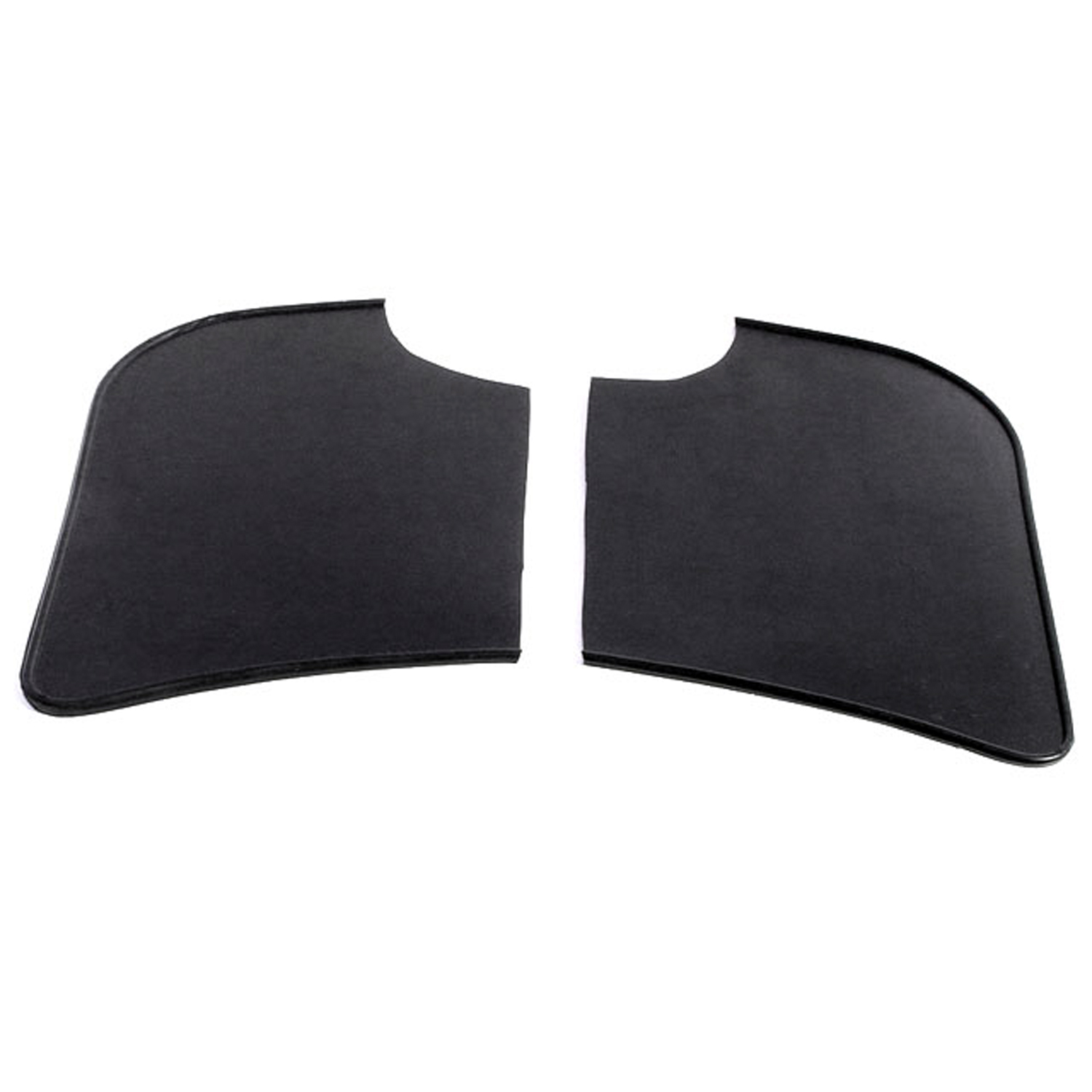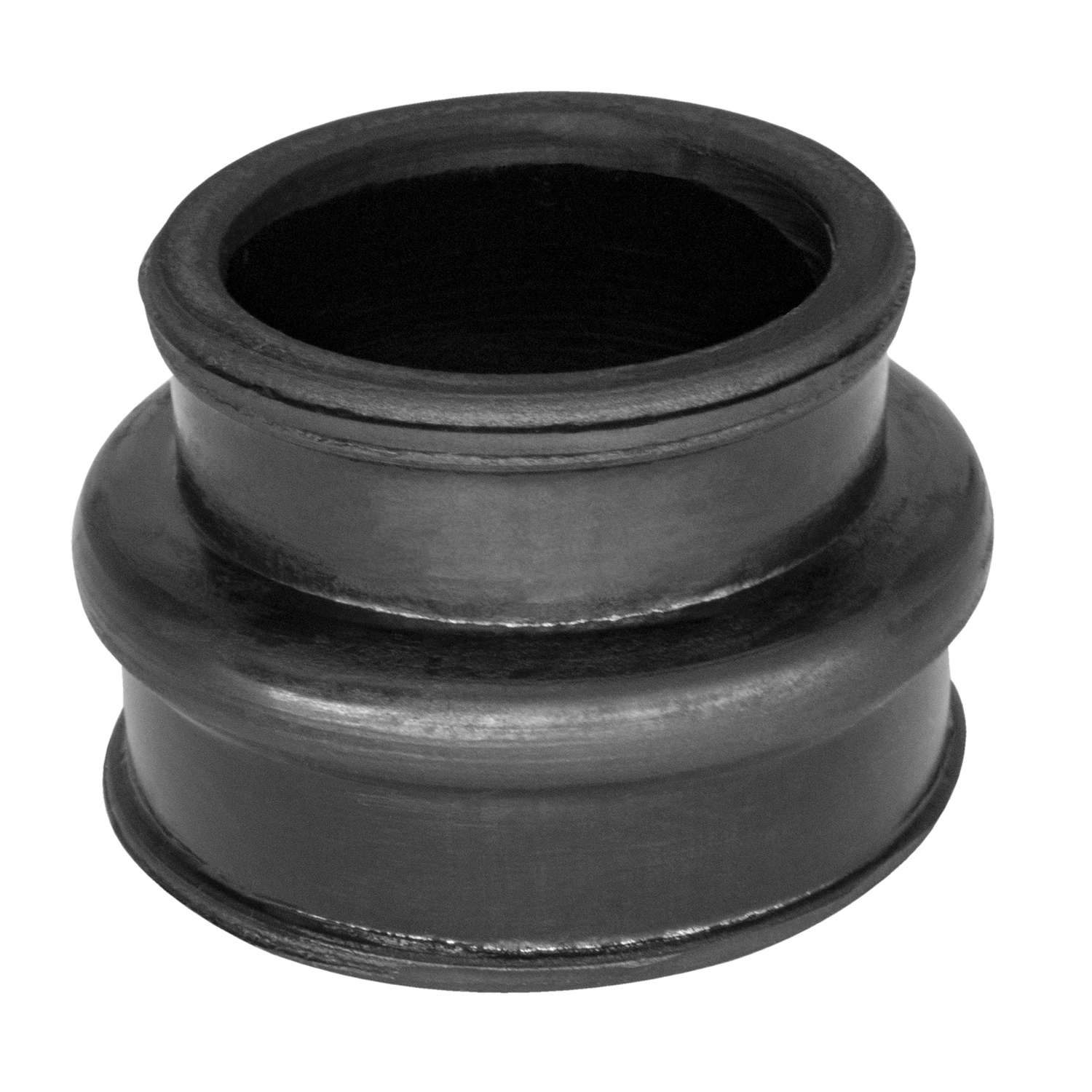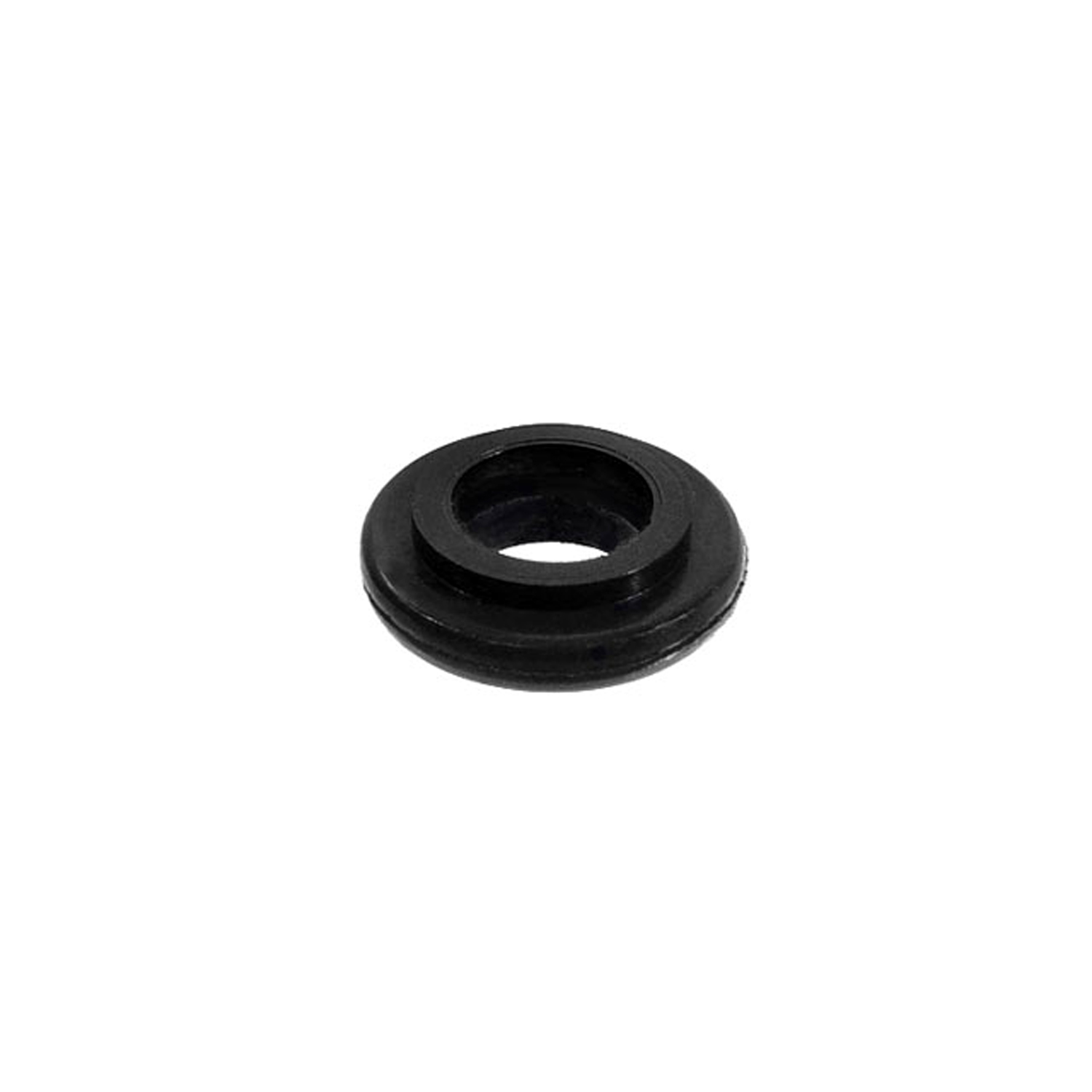Image of 1974 Volkswagen Dasher, sourced from bangshift.com , Image Link.
Performance Metrics
Fundamental Metrics
Emotional Appeal
MMP Rating
| Engine Specifications | |
|---|---|
| Engine: | Inline 4 |
| Displacement: | 1.5L |
| Horsepower: | 70-75 HP |
| Torque: | 80 lb-ft |
| Compression Ratio: | 8.2:1 |
| Ignition System: | Electronic Ignition |
| Cooling System: | Water-cooled |
| Performance Specifications | |
| 0-60 Time: | 12 seconds |
| 1/4 Mile Time: | 18 seconds |
| Top Speed: | 100 mph |
| Transmission and Drive | |
| Drive Type: | Front-wheel drive |
| Transmission Type: | 4-speed manual or 3-speed automatic |
| Fuel and Efficiency | |
| Fuel System Type: | Carburetor |
| MPG: | 25-30 MPG |
| Dimensions and Brakes | |
| Brakes: | Front disc, rear drum |
| Wheelbase: | 97.2 inches |
| Weight: | 2,200 lbs |
Note: Specifications for classic cars are given to the best of our ability, considering the limited and variant data available.
Unveiling the 1974 Volkswagen Dasher: A Leap into Modernity
The 1974 Volkswagen Dasher emerged as a beacon of innovation during an era of automotive transition. Born from the reputable German automaker Volkswagen, the Dasher, known as the Passat in other markets, marked VW's foray into front-wheel-drive platforms and water-cooled engines. As the successor to the iconic Beetle, the Dasher stood at the crossroads of tradition and progress, offering a fresh take on personal transportation. Notably, it was among the first vehicles to signal Volkswagen's shift away from air-cooled engines, setting a new course for the brand's future.
Design and Innovation: A Glimpse into Volkswagen's New Era
The Dasher's exterior styling was a departure from Volkswagen's previous design language. Characterized by its sharp lines and angular profile, it embraced a more aerodynamic and modern aesthetic. Inside, occupants were greeted with a functional and straightforward cabin, where attention to ergonomics was evident. Materials were selected for durability and comfort, reflecting Volkswagen's commitment to quality. For its time, the Dasher incorporated advanced features such as electronic fuel injection—a rarity among vehicles in its class.
Customers could choose from a palette of contemporary color options that mirrored the trends of the 70s, with hues like 'Marina Blue' and 'Senegal Red' being popular picks. The Dasher was available in various body styles including a two-door sedan, four-door sedan, and a three-door hatchback variant. The latter became emblematic of the model's versatility and practicality.
Historical Significance: The Dasher's Enduring Legacy
The 1974 Volkswagen Dasher played a pivotal role in shaping the future of compact cars by demonstrating that front-wheel drive and water-cooled engines could be successfully integrated into Volkswagen's lineup. It paved the way for subsequent generations of VW models that followed this technical blueprint. The Dasher also contributed to changing public perceptions about smaller-engine cars during an era when fuel efficiency began gaining importance due to the oil crisis.
Performance and Handling: A New Driving Sensation
Under the hood, the 1974 Dasher offered modest performance figures with top speeds hovering around 90 mph and acceleration from 0-60 mph achievable in around 14 seconds—respectable for its class at that time. Handling was one of its strong suits; thanks to its front-wheel-drive layout and independent suspension system, it managed to deliver a comfortable ride while maintaining composure on winding roads or over uneven surfaces. Drivers often praised the car for its responsive steering and predictable handling characteristics.
Ownership Experience: Embracing Practicality
The Dasher found its niche as an efficient daily driver but also earned admiration among enthusiasts who appreciated its simplicity and ease of modification. When it came to maintenance, owners benefited from Volkswagen's extensive network of parts availability and shared components with other VW models. Reliability was generally good with proper care, though some electrical components could be temperamental—a trait not uncommon in vehicles of this vintage.
Fun Facts: The Dasher's Unique Place in History
While not as ubiquitous as some of its siblings in VW's lineup, the Dasher had its share of unique trivia. For instance, it was one of the first cars to offer an automatic transmission option with three selectable driving modes. Although not known for breaking speed records or dominating sales charts, it carved out a respectable market segment for itself. Criticisms often centered on its modest power output compared to rivals but were offset by praise for fuel economy.
Collector's Information: Assessing Value and Rarity
Today, finding a well-preserved 1974 Volkswagen Dasher can be somewhat challenging due to their age and attrition rates over time. Production numbers were substantial but not exceedingly high; therefore, rarity can vary based on condition and originality. Price trends suggest that Dashers in excellent condition are appreciating modestly as interest in 70s-era vehicles grows among collectors. Values can range widely from a few thousand dollars for a project car up to mid-five figures for pristine examples.
Conclusion: Celebrating an Overlooked Gem
The 1974 Volkswagen Dasher stands as an important chapter in VW's storied history—a testament to innovation during a transformative period in automotive design. While it may not have achieved legendary status like some of its contemporaries, it remains a cherished classic that offers insight into an era when efficiency began steering the industry's future course.
1974 Volkswagen Dasher Catalog of Parts
 1974 Volkswagen Dasher Gravel Shields. Molded flat without metal backing plates-FS 40Gravel Shields. Molded flat without metal backing plates. Apply with contact cement. 7-5/8" long X 5-5/8" wide at top. Pair
1974 Volkswagen Dasher Gravel Shields. Molded flat without metal backing plates-FS 40Gravel Shields. Molded flat without metal backing plates. Apply with contact cement. 7-5/8" long X 5-5/8" wide at top. Pair 1974 Volkswagen Dasher Intake Manifold Boots. Made of rubber. 1-3/8" I.D., 2" O.D-RP 300-BIntake Manifold Boots. Made of rubber. 1-3/8" I.D., 2" O.D. X 1-1/2" high. Pair
1974 Volkswagen Dasher Intake Manifold Boots. Made of rubber. 1-3/8" I.D., 2" O.D-RP 300-BIntake Manifold Boots. Made of rubber. 1-3/8" I.D., 2" O.D. X 1-1/2" high. Pair 1974 Volkswagen Dasher Oil Cooler Seal. 7/16" I.D., 7/8" O.D. Each-RP 8-BOil Cooler Seal. 7/16" I.D., 7/8" O.D. Each
1974 Volkswagen Dasher Oil Cooler Seal. 7/16" I.D., 7/8" O.D. Each-RP 8-BOil Cooler Seal. 7/16" I.D., 7/8" O.D. EachWhy Choose Metro?
For over 100 years, Metro Moulded Parts has been the pinnacle of quality in classic car restoration parts. Our commitment to precision and authenticity in every component ensures a perfect fit and an OEM-level appearance.
- Expert Craftsmanship & Quality: Each part is a testament to our dedication to reliability and perfection, crafted from original designs and thoroughly tested.
- Advanced Technology: We use cutting-edge techniques to create flawless, long-lasting parts that surpass others in performance.
- SuperSoft Sponge – The Ultimate Door Seal: Not only are our door seals 30% softer than competitors', but they're also guaranteed to never leak. They effectively reduce wind and road noise, enhancing your classic car's comfort and driving experience.
- Proudly American: Our parts are a product of American craftsmanship, made in the USA with a spirit of excellence and heritage.
- Unrivaled Warranty: We back our products with a 30-year industry-leading warranty, a testament to our confidence in their quality.
Join us in preserving the legacy of classic cars with parts that are crafted for perfection, not just made.

